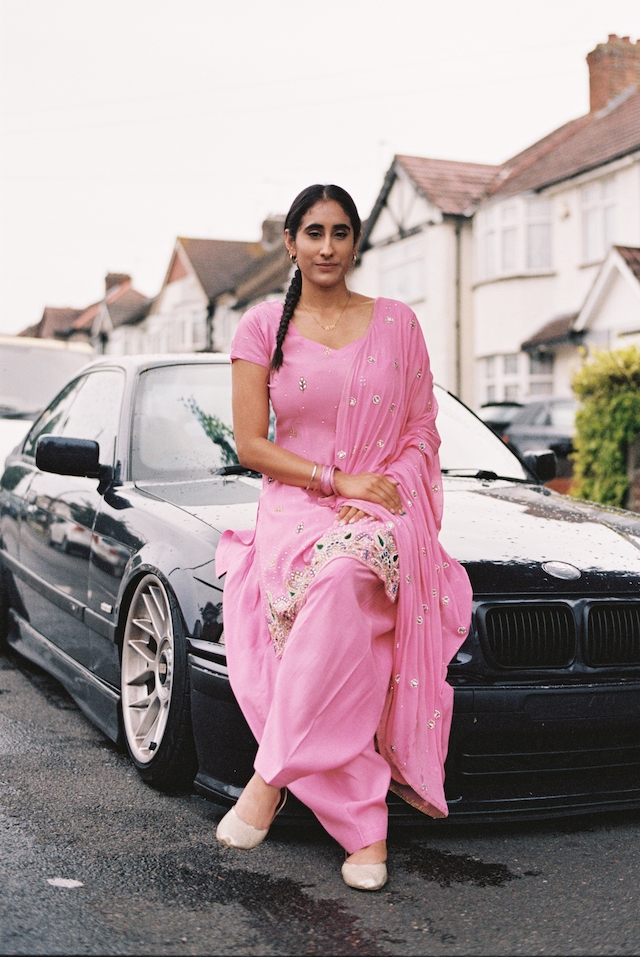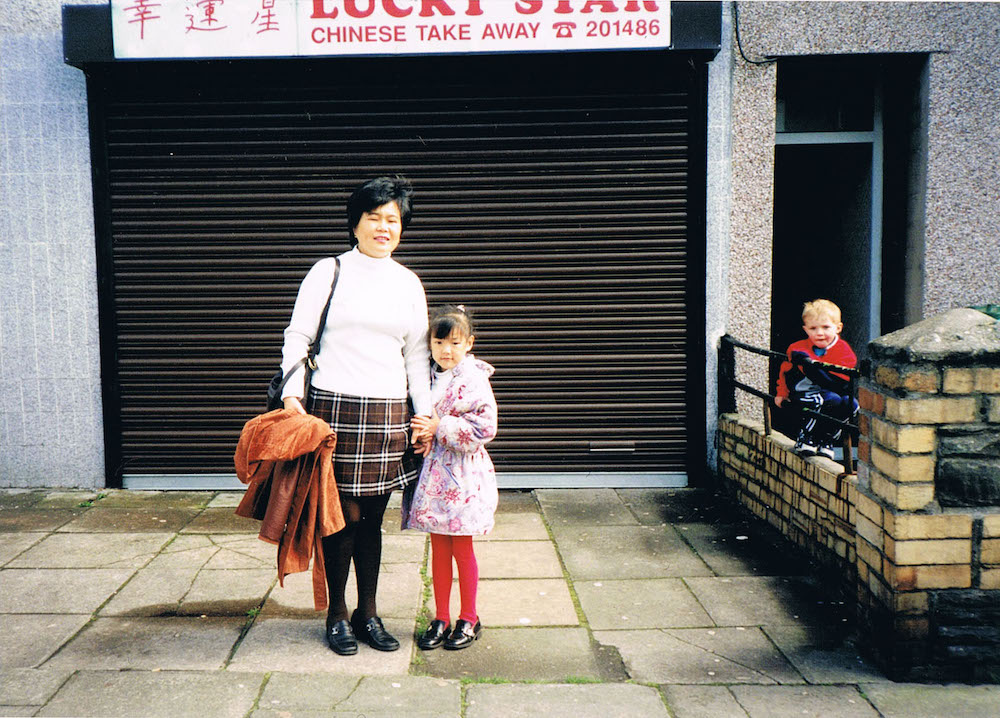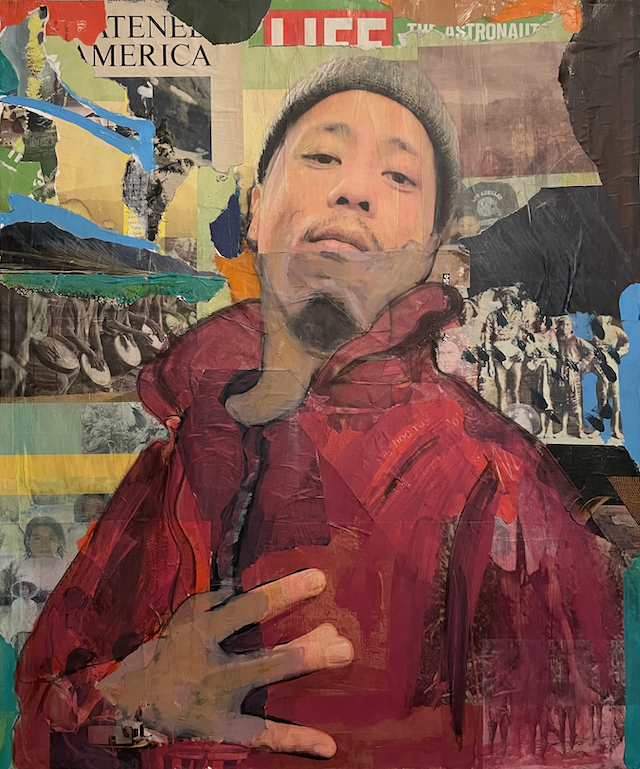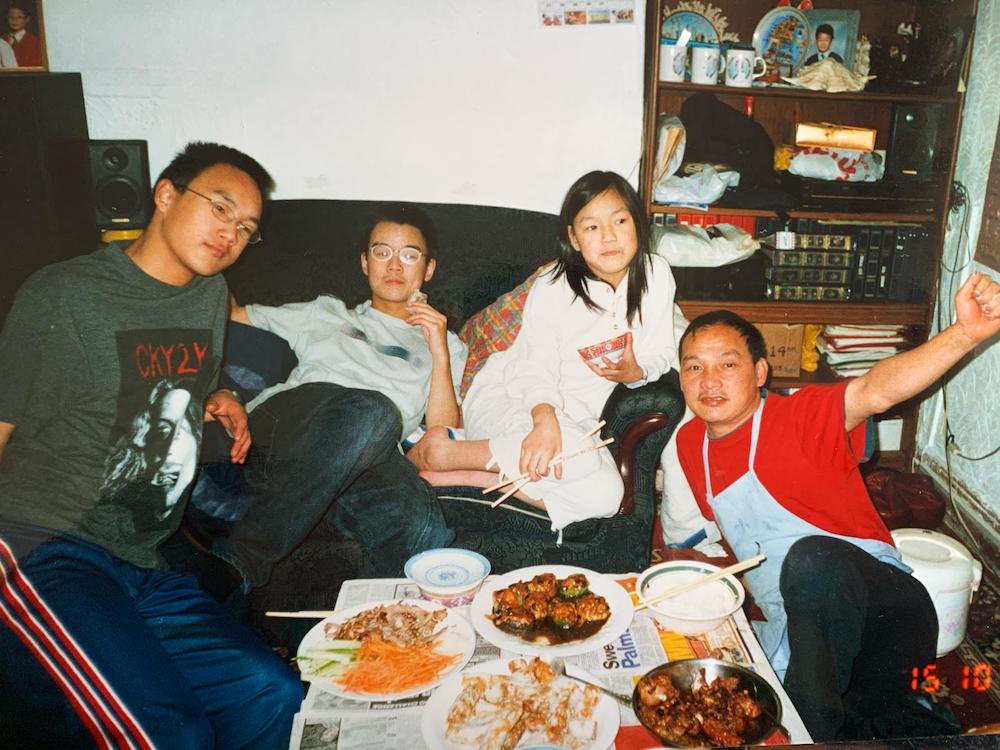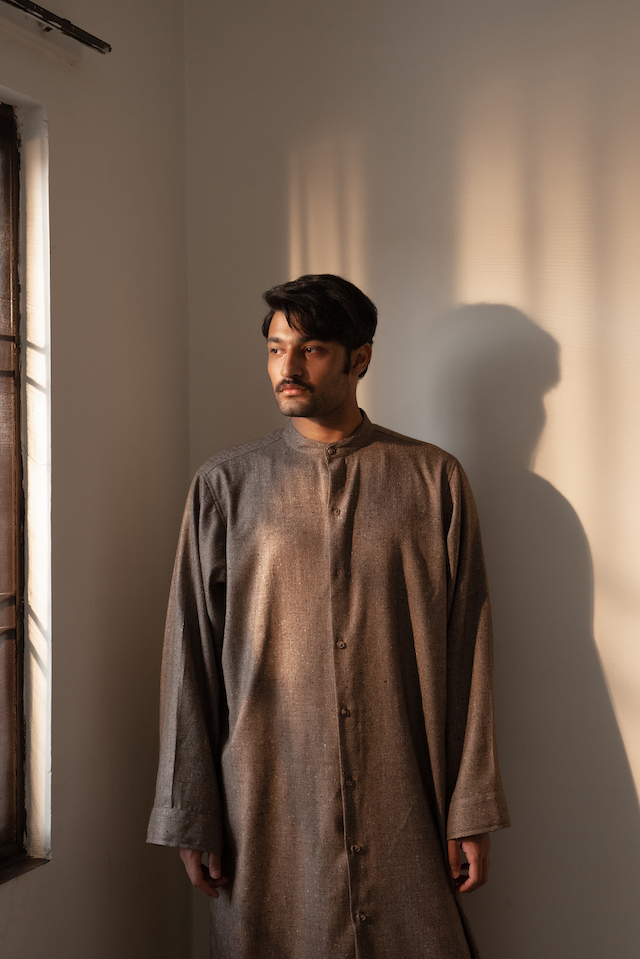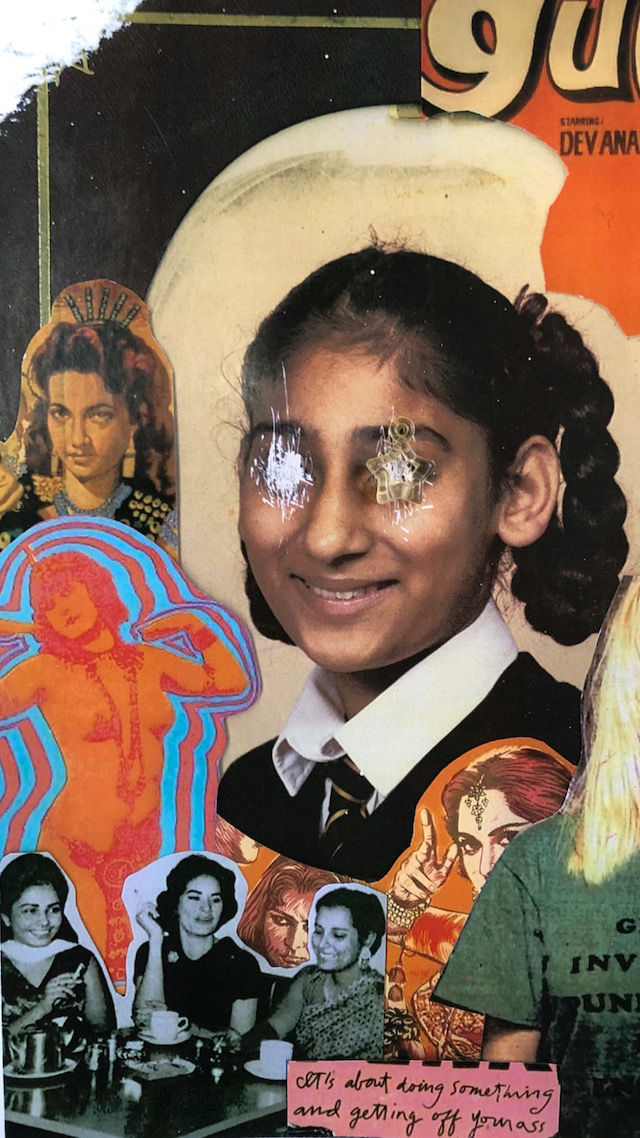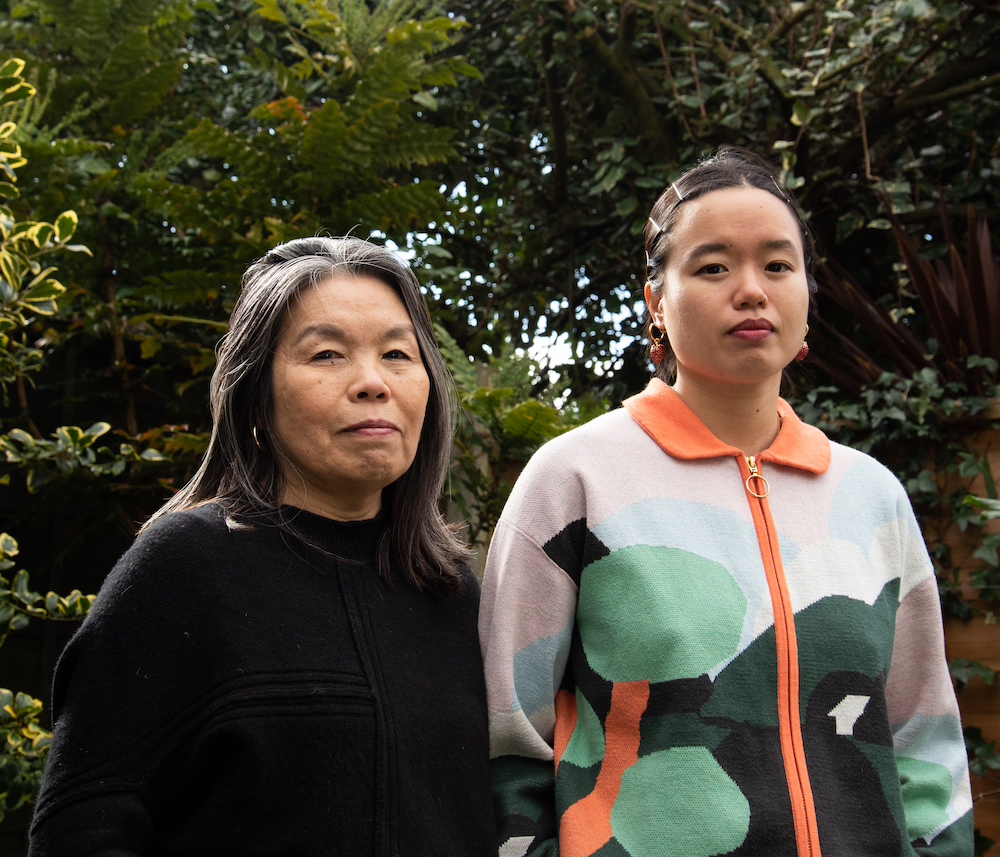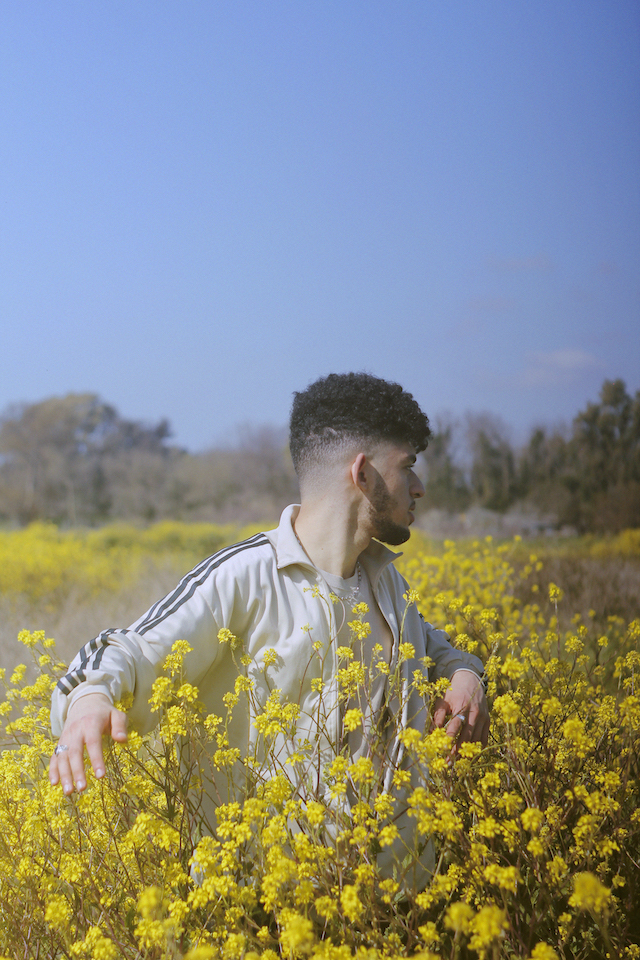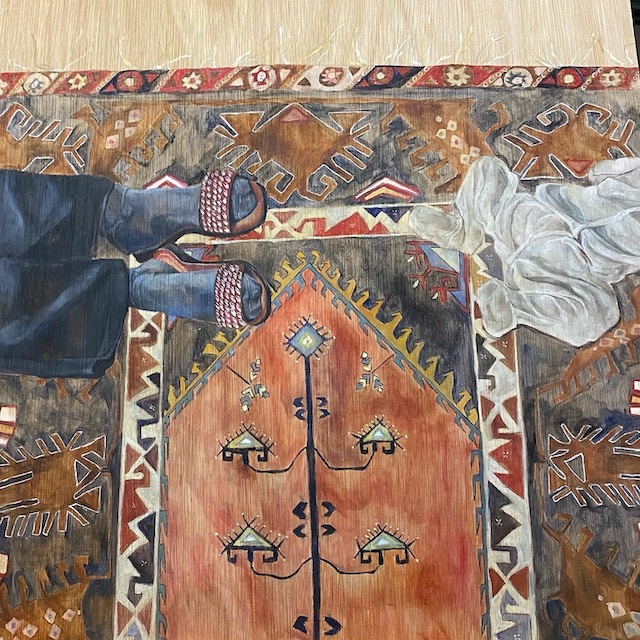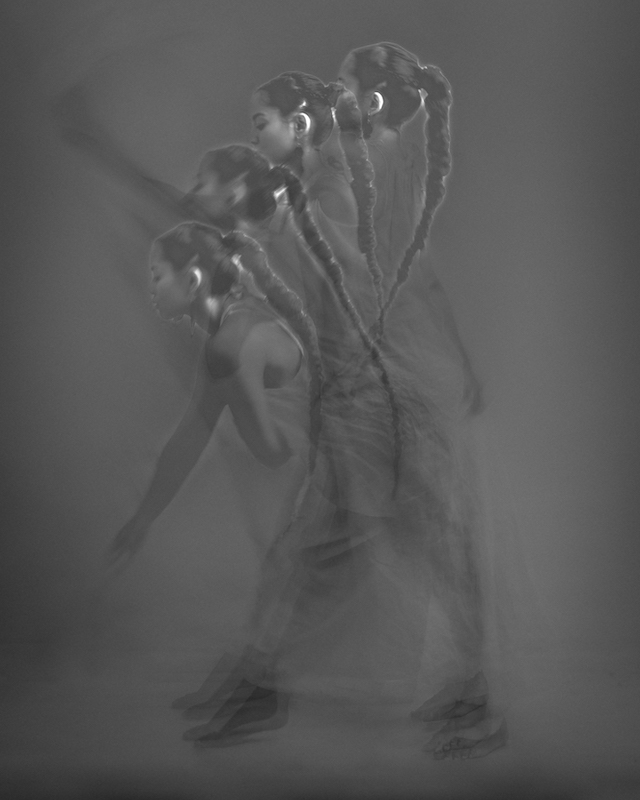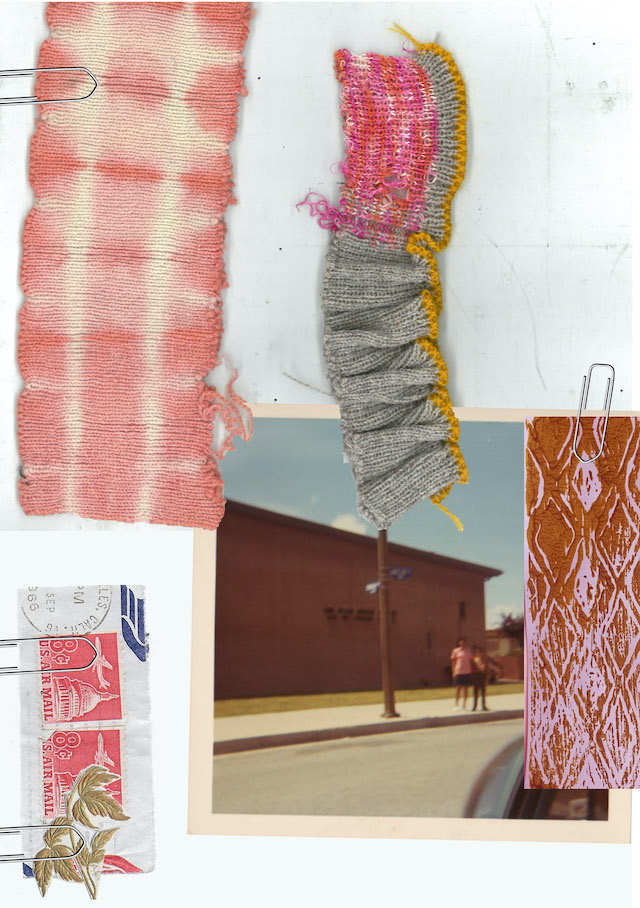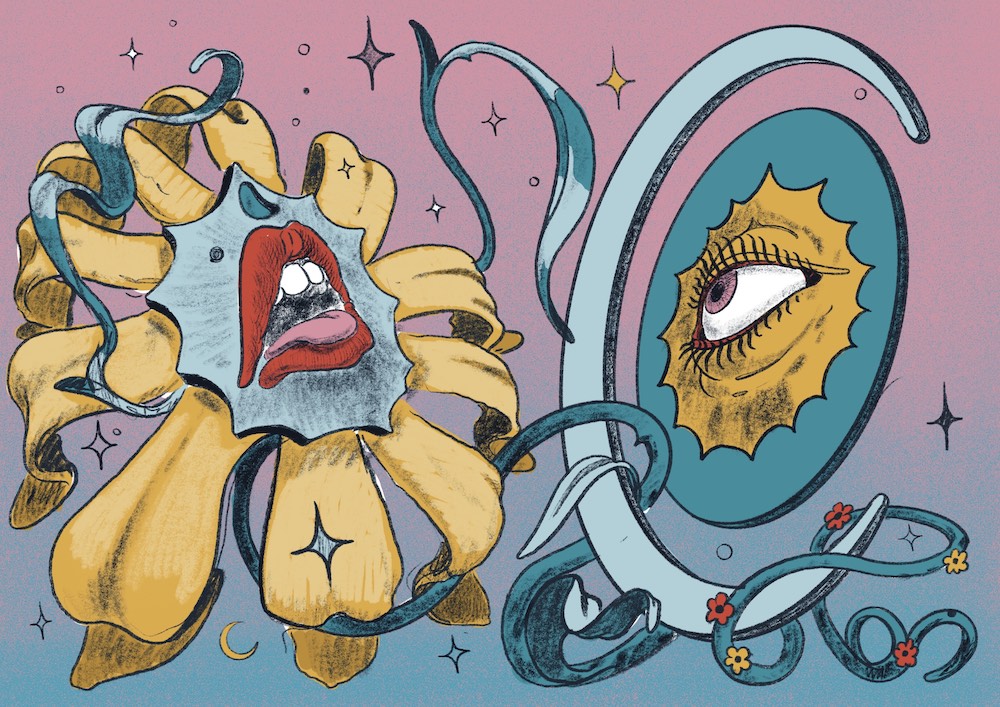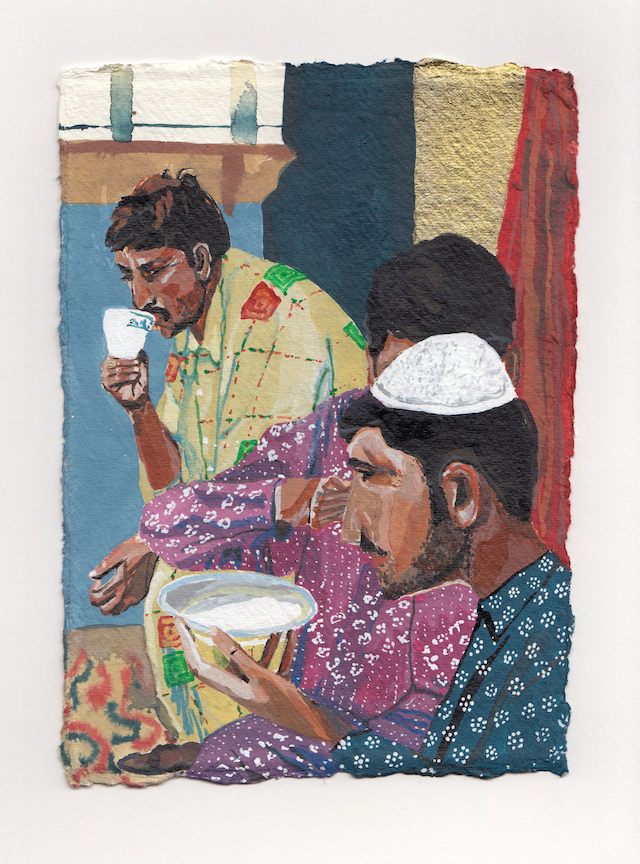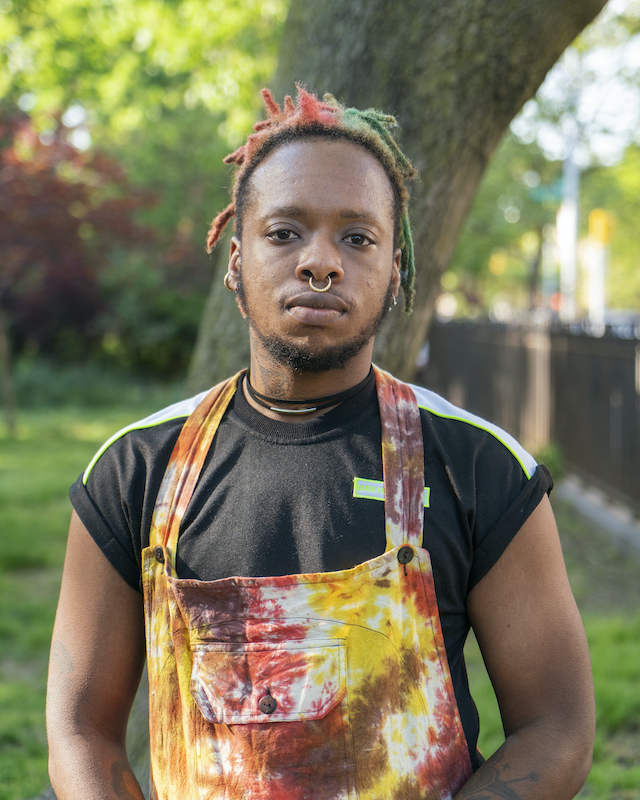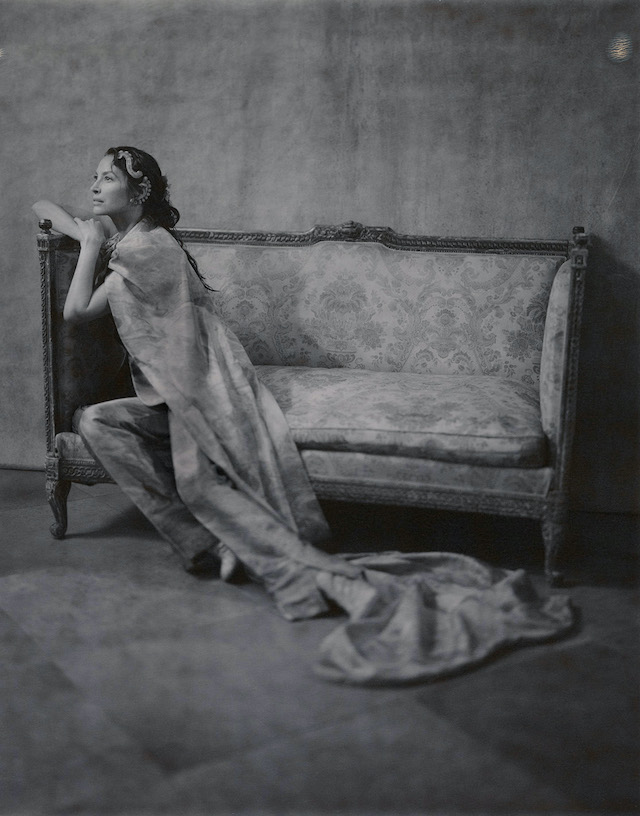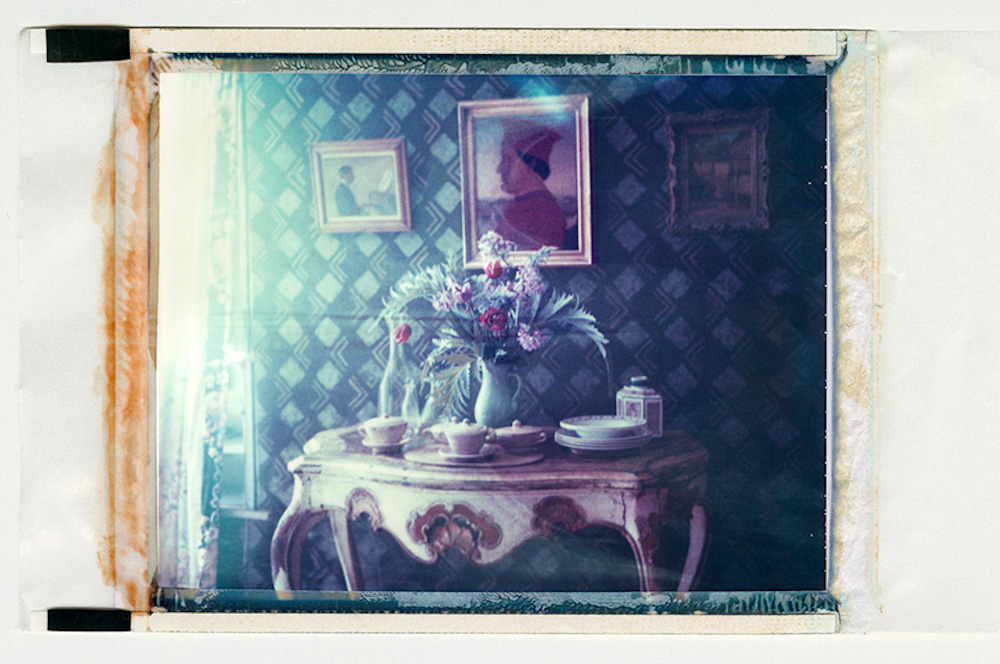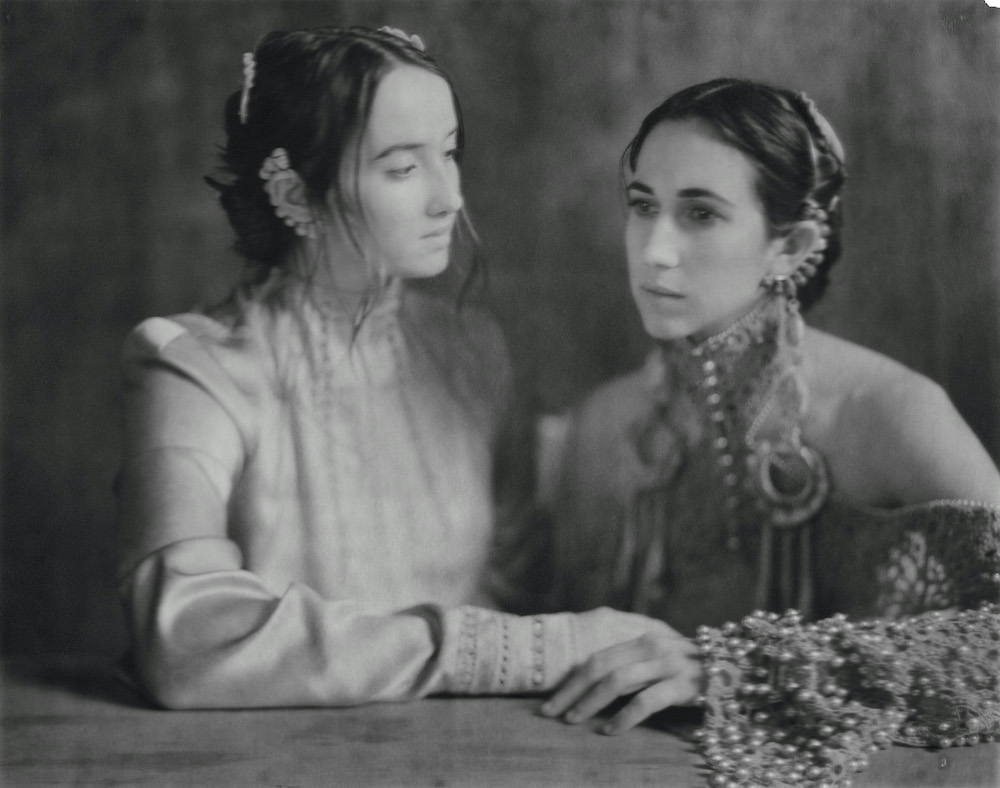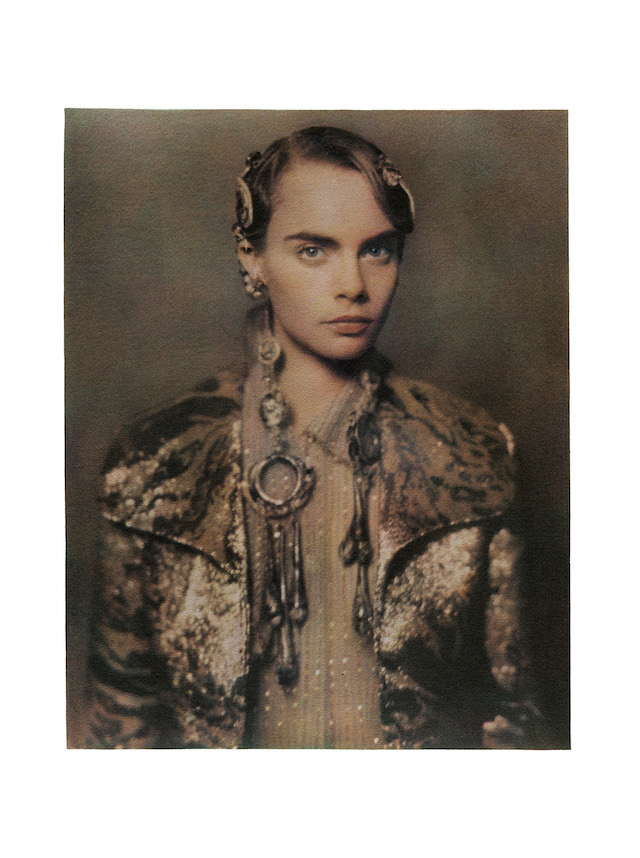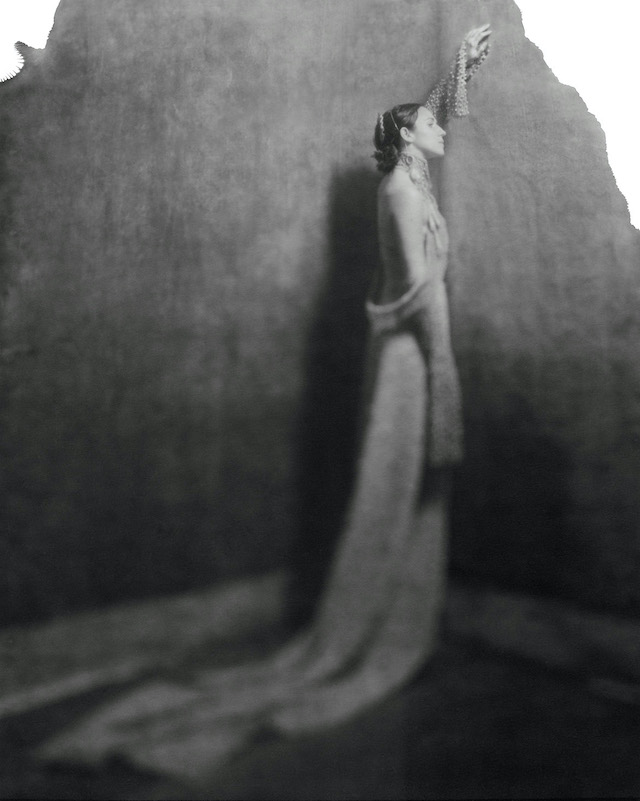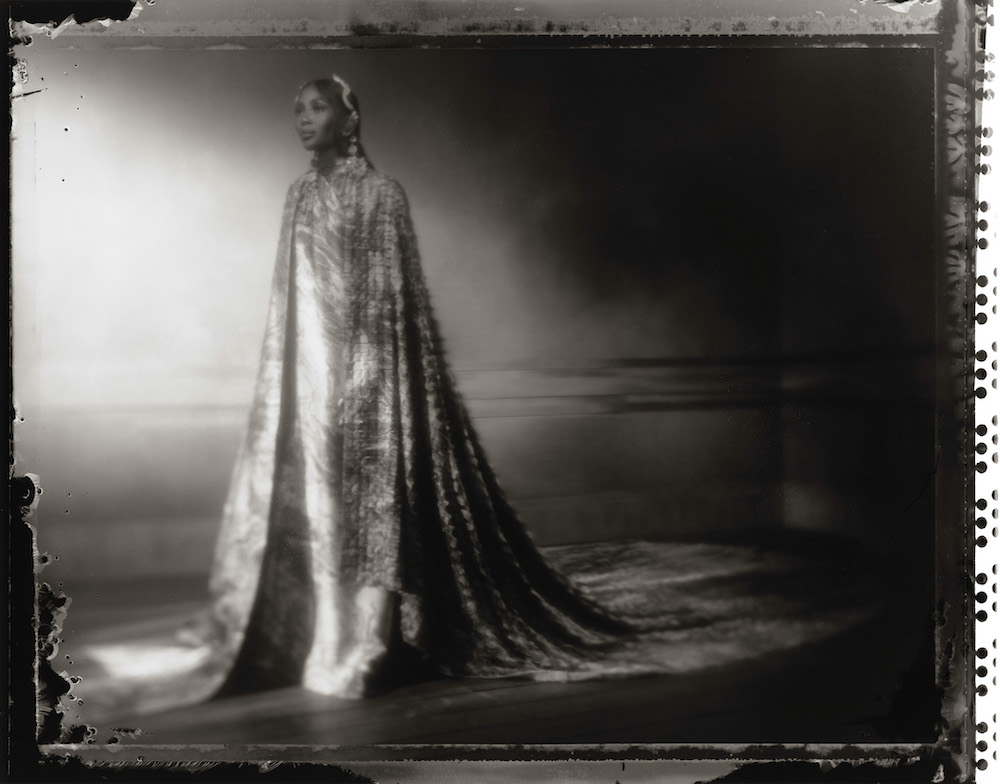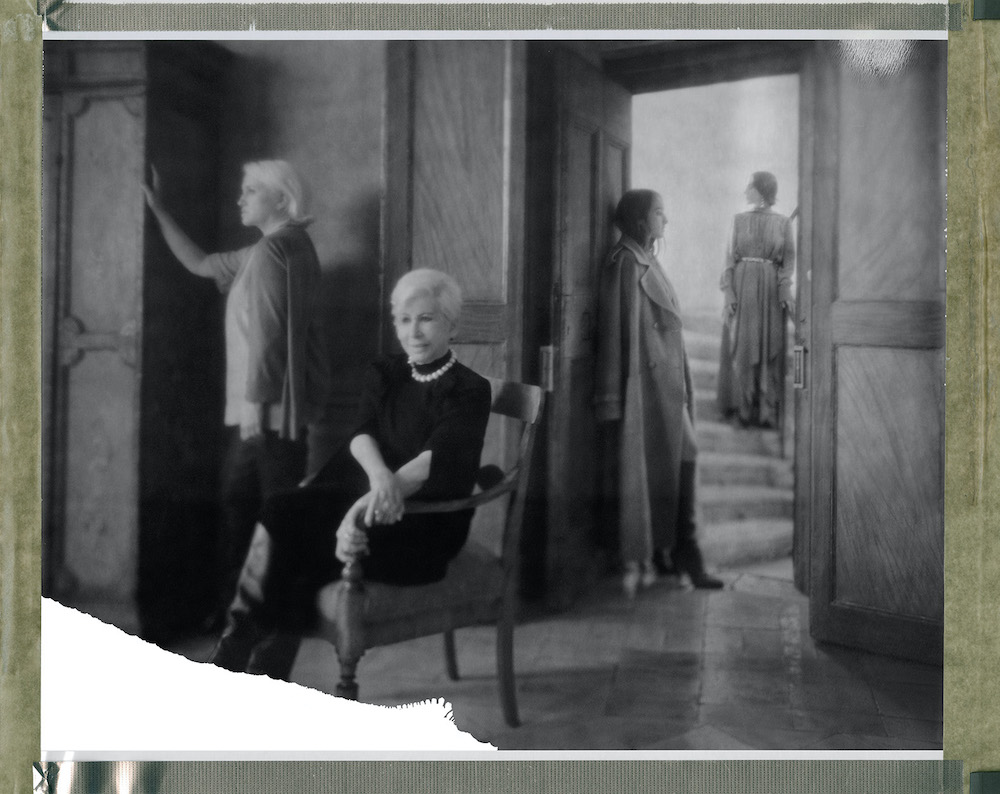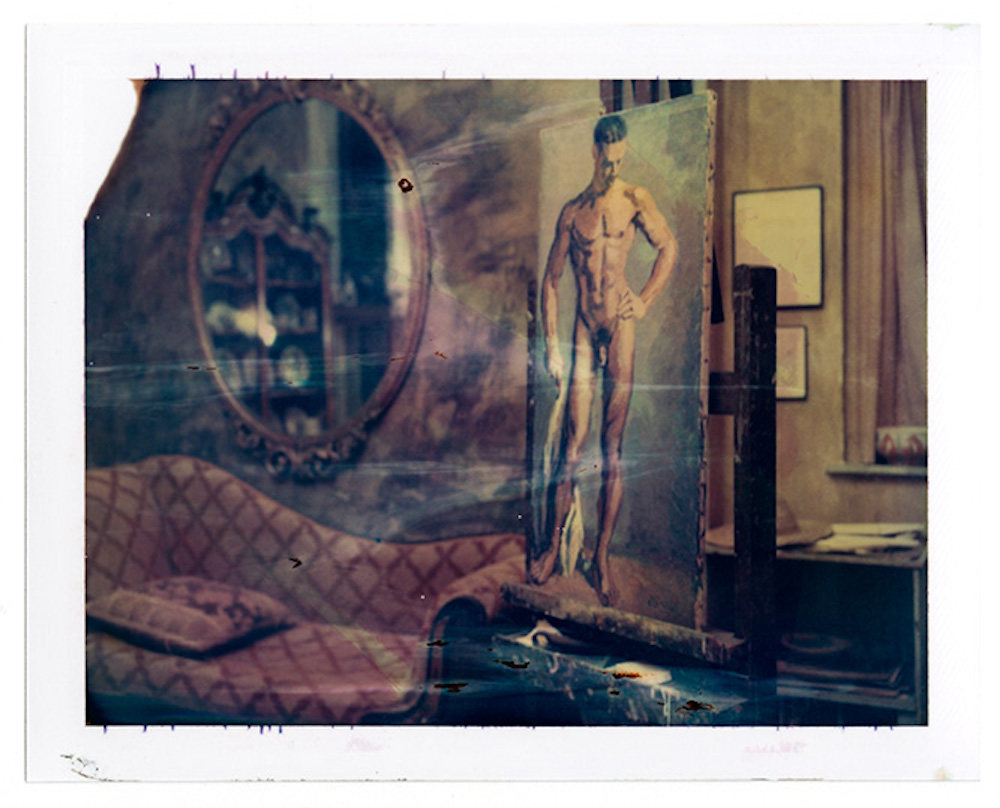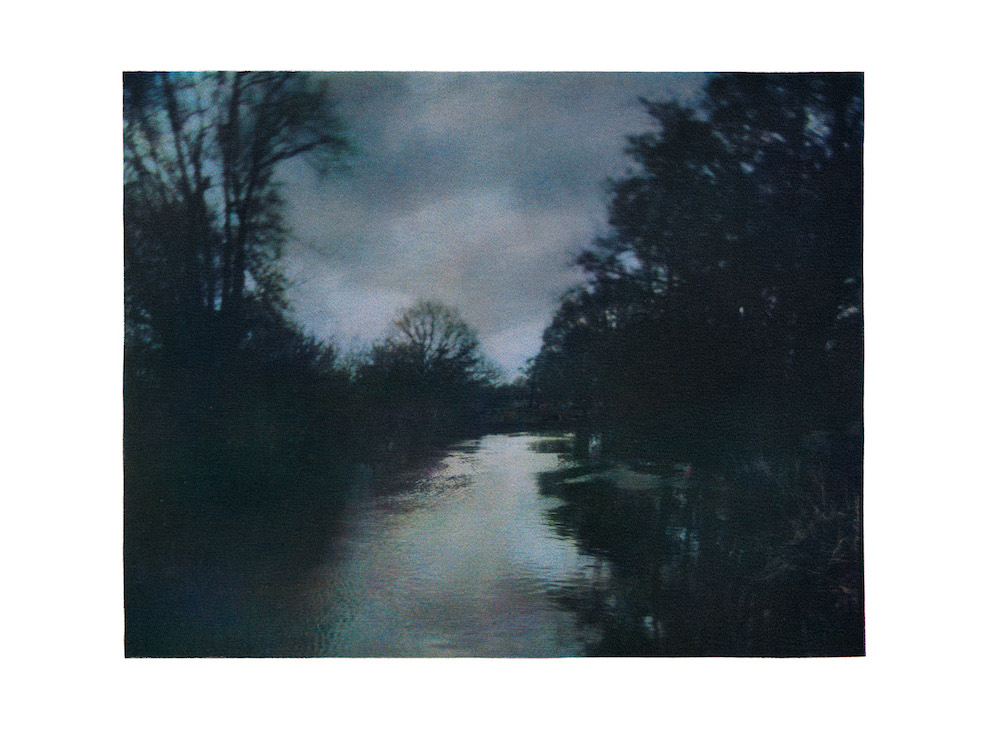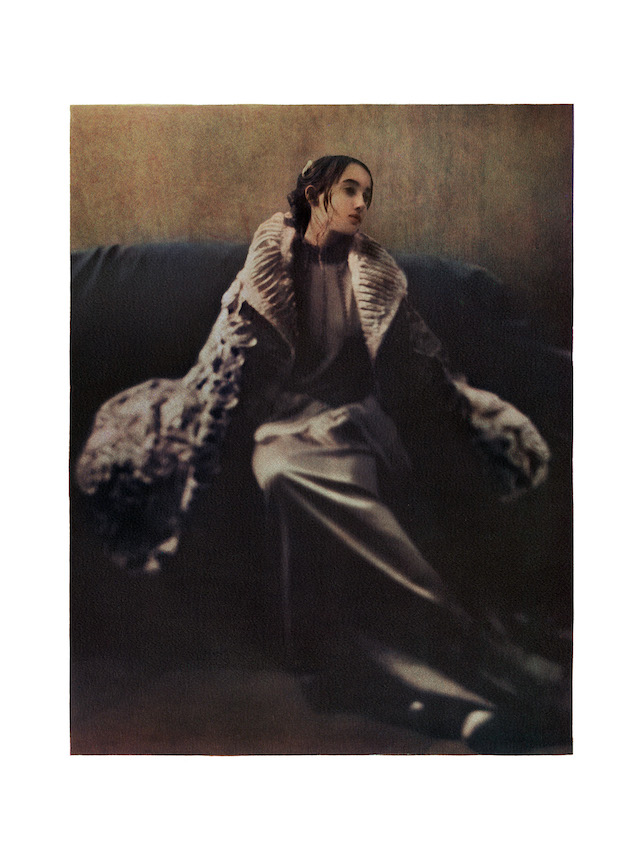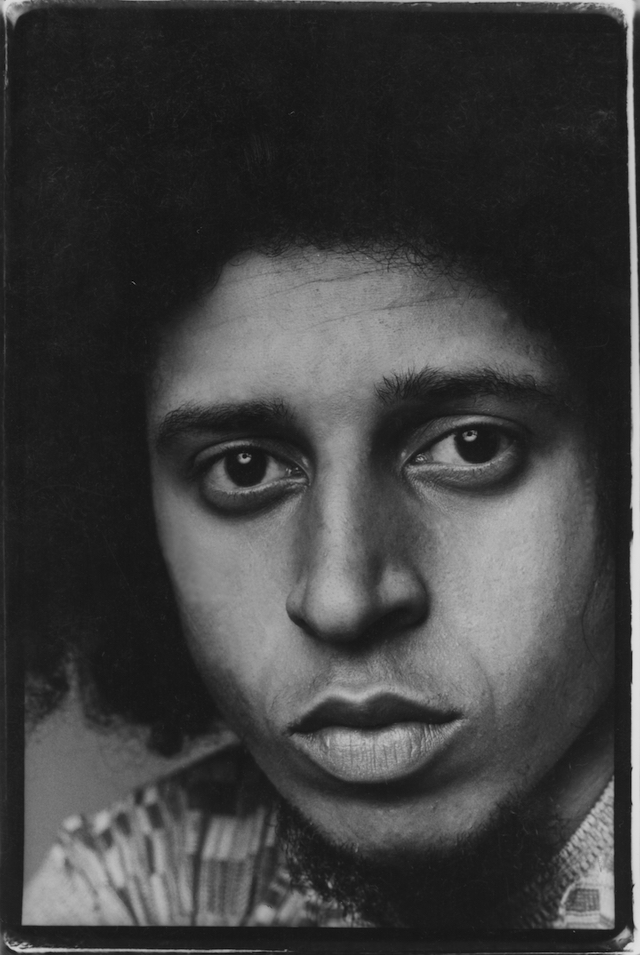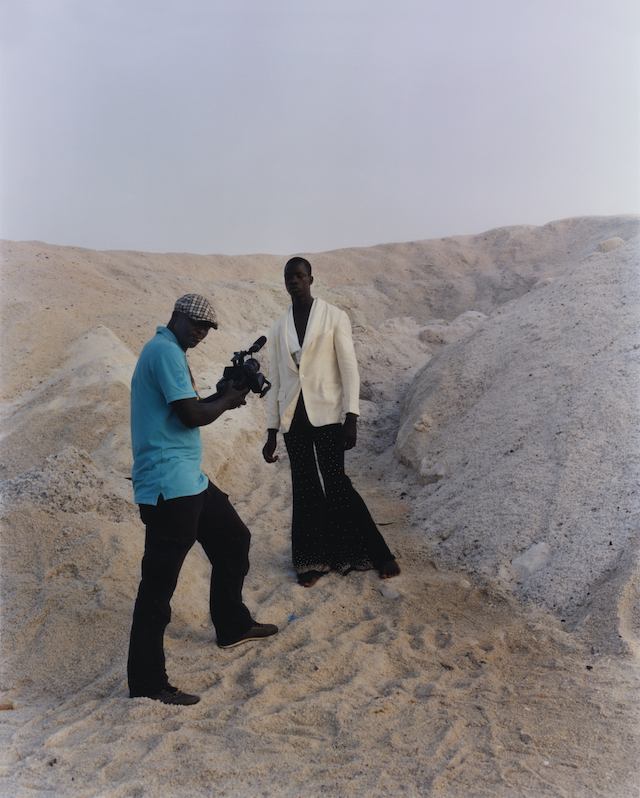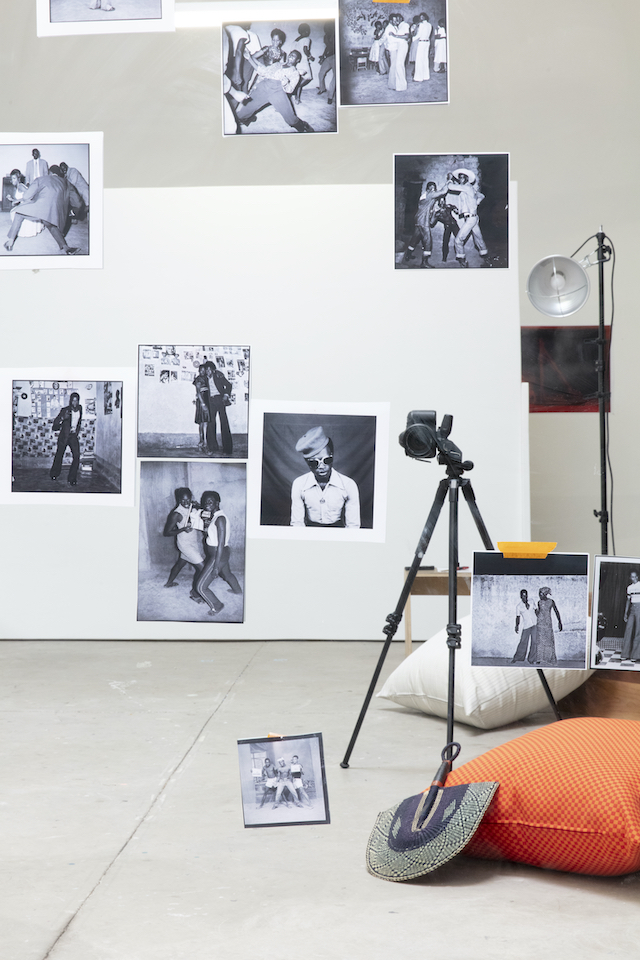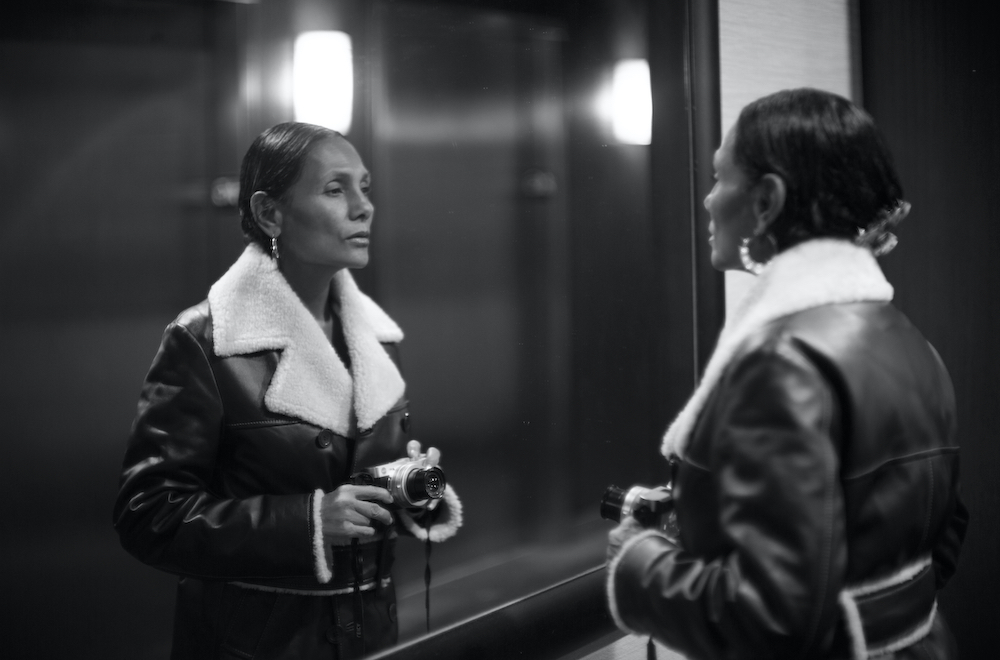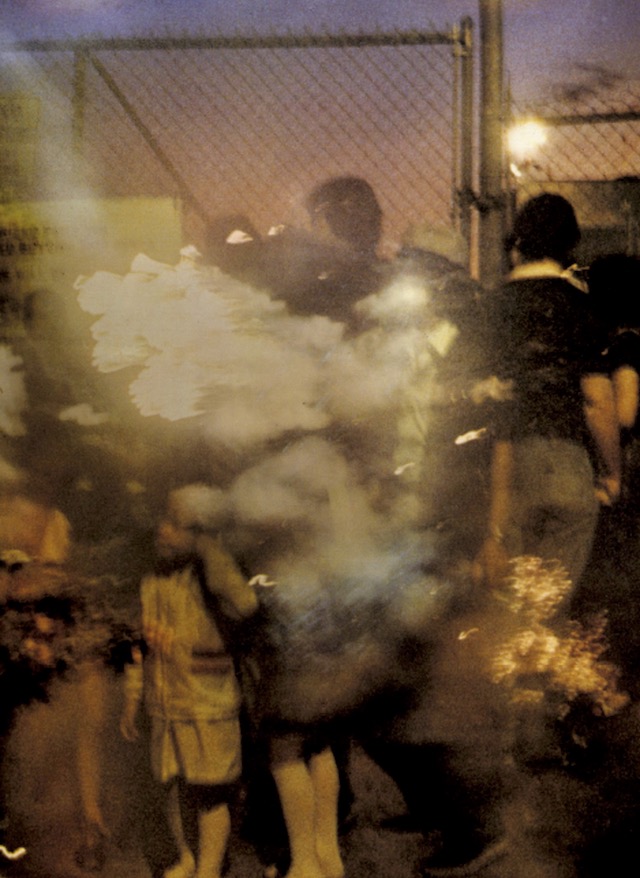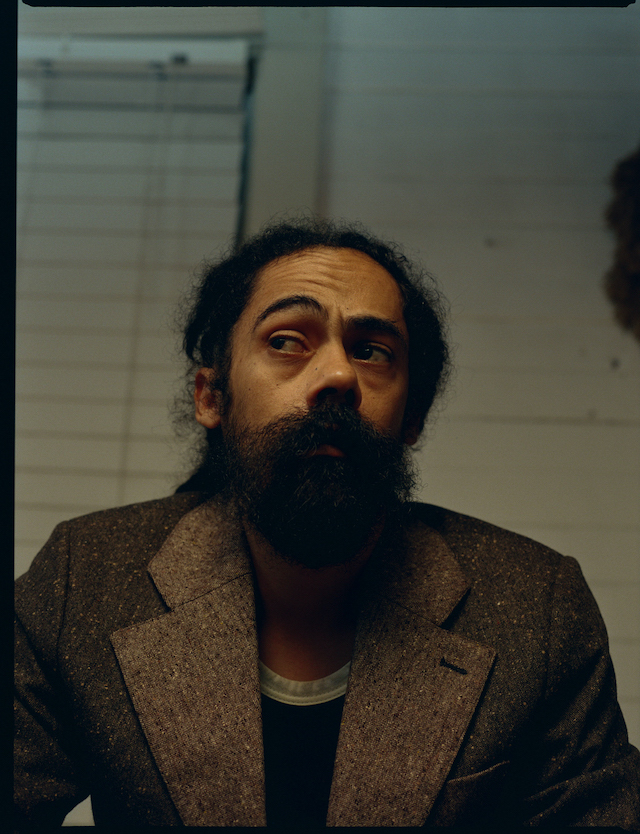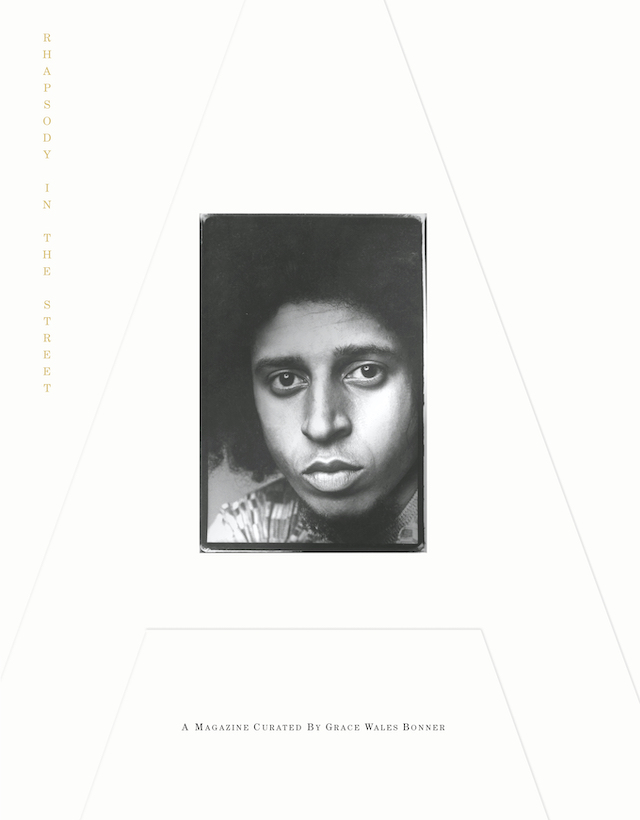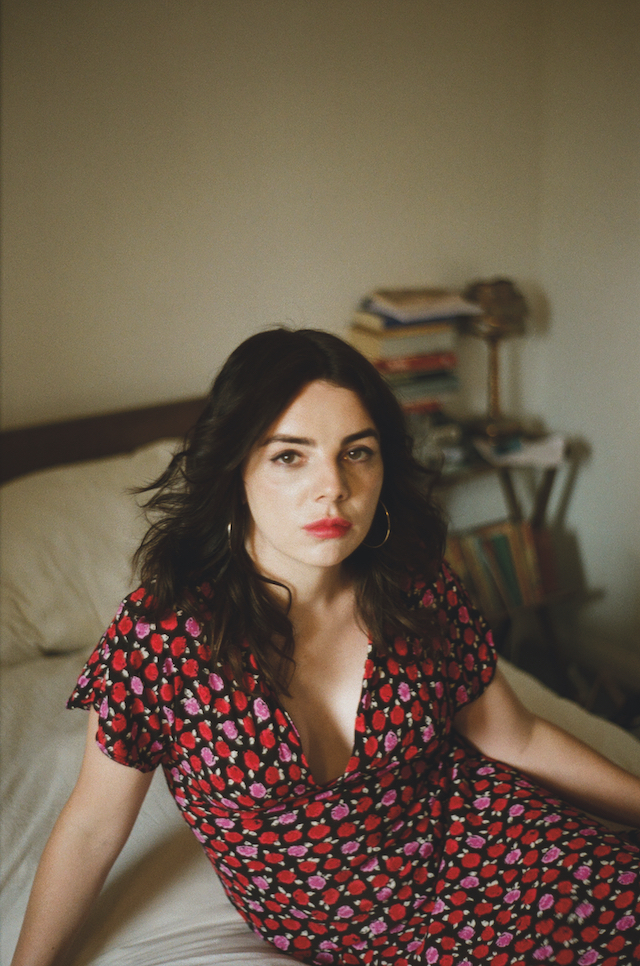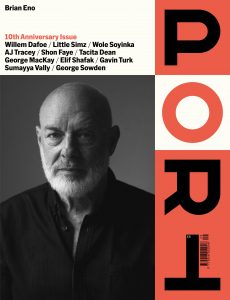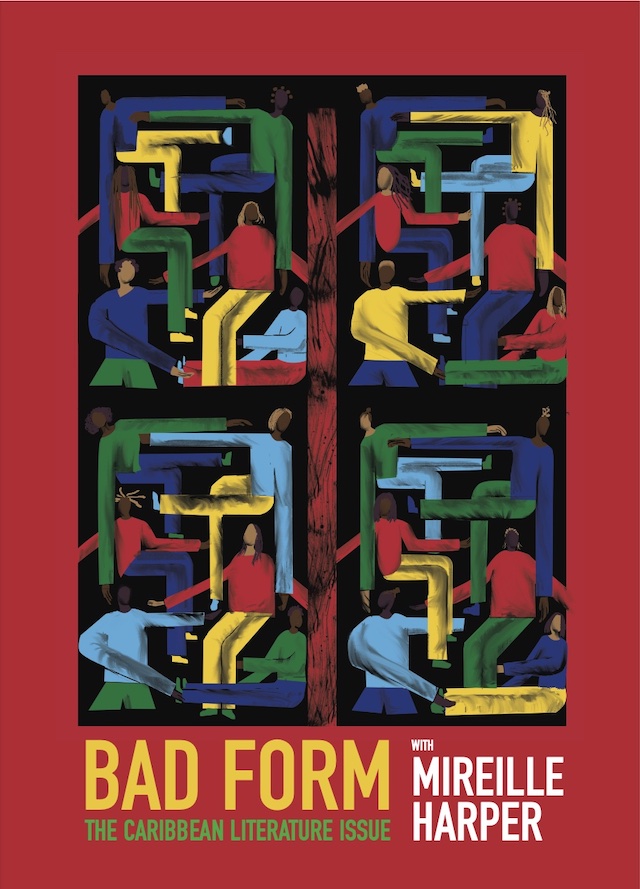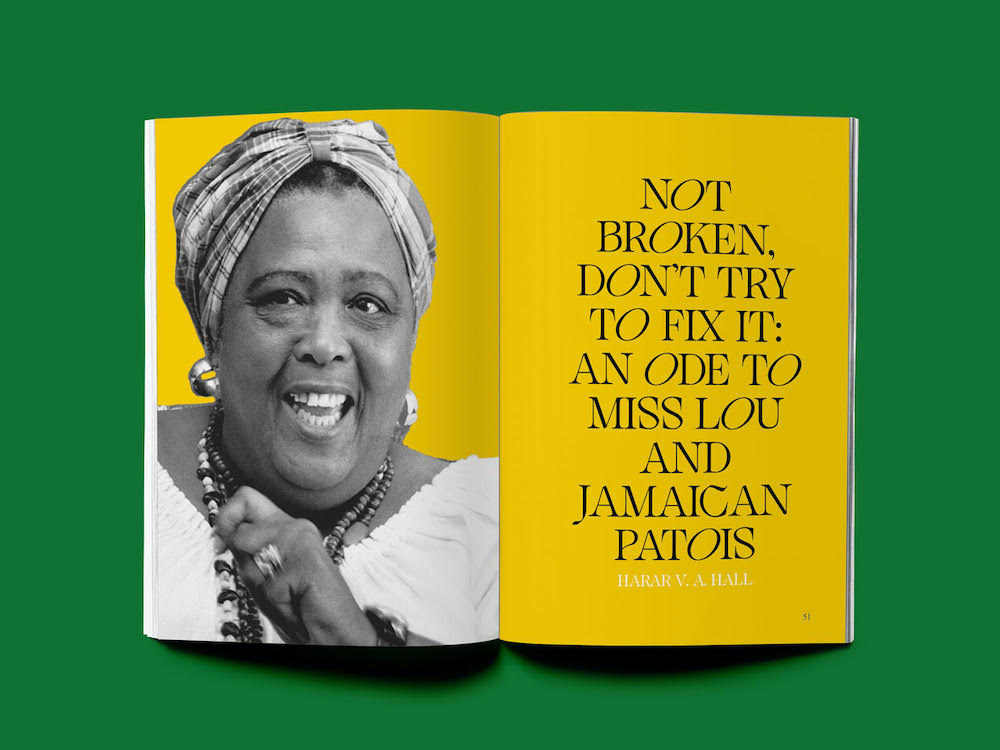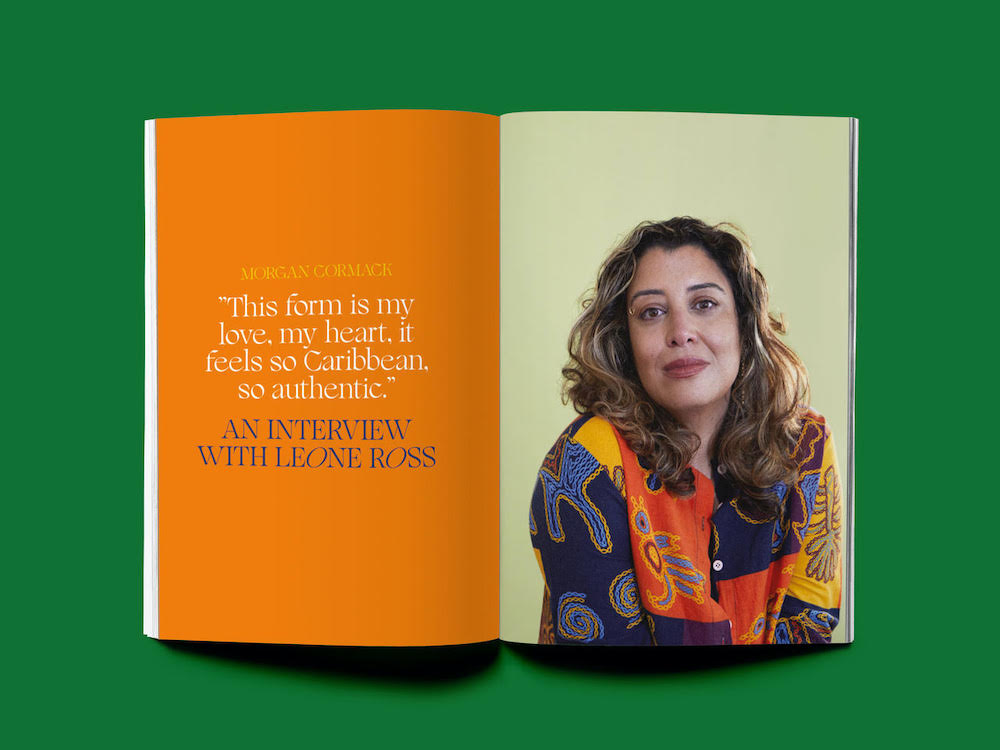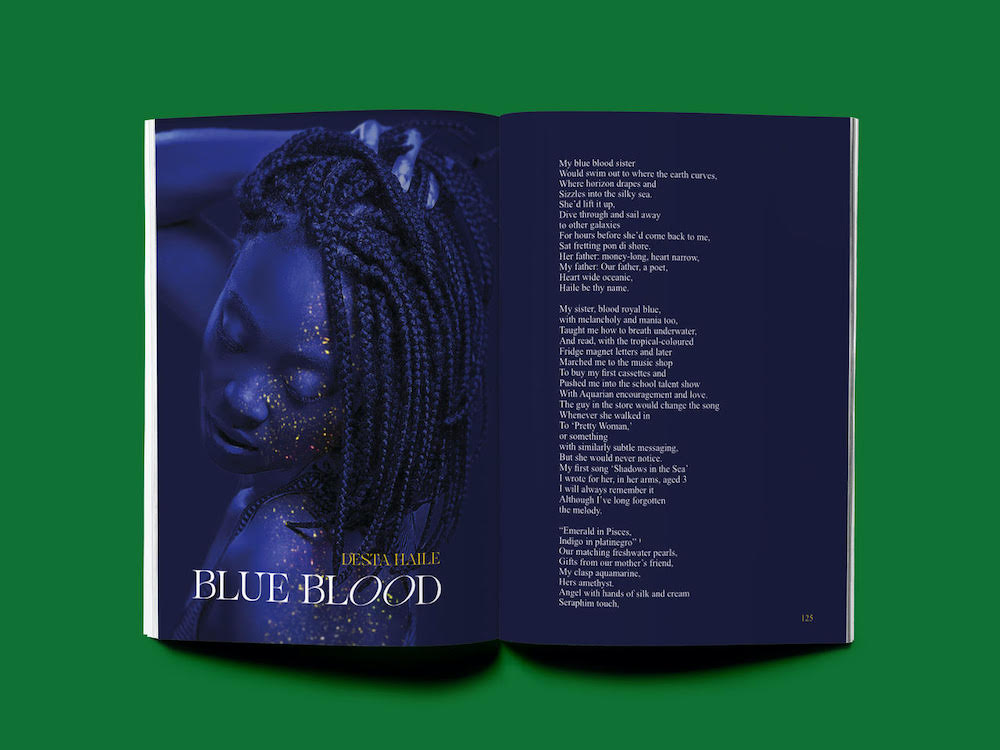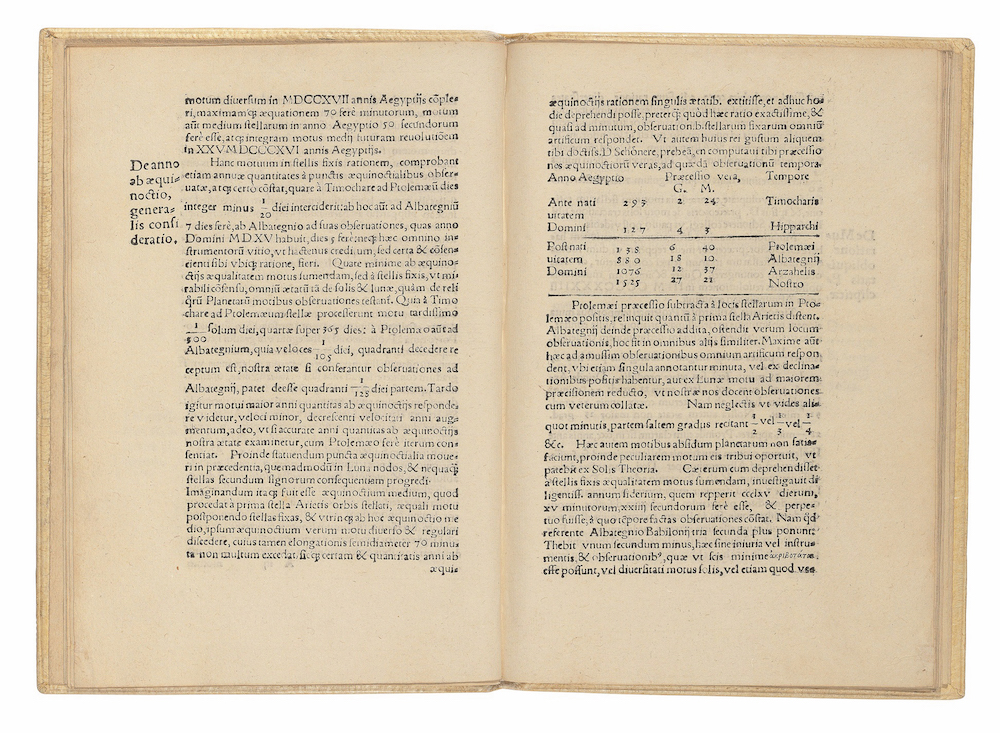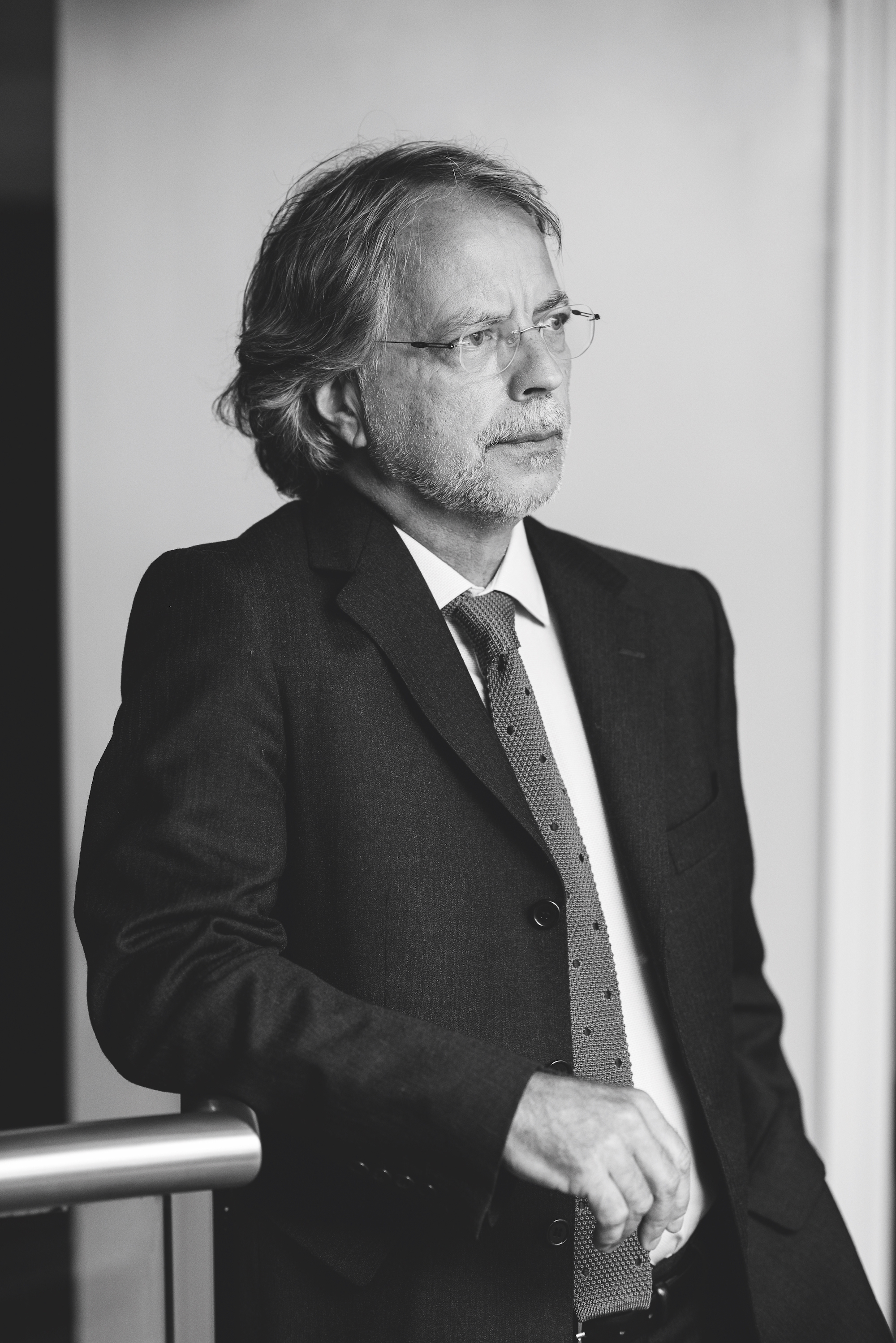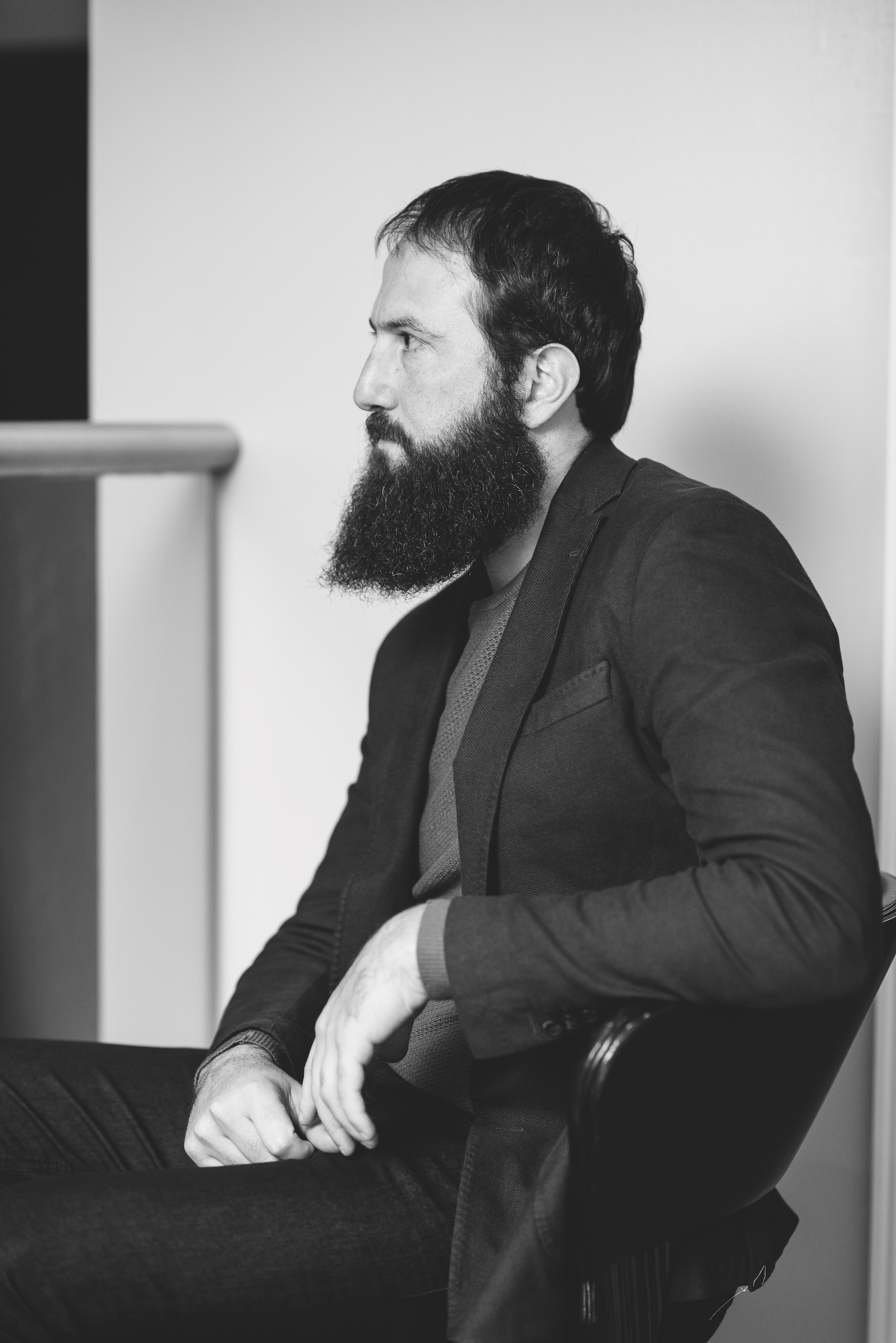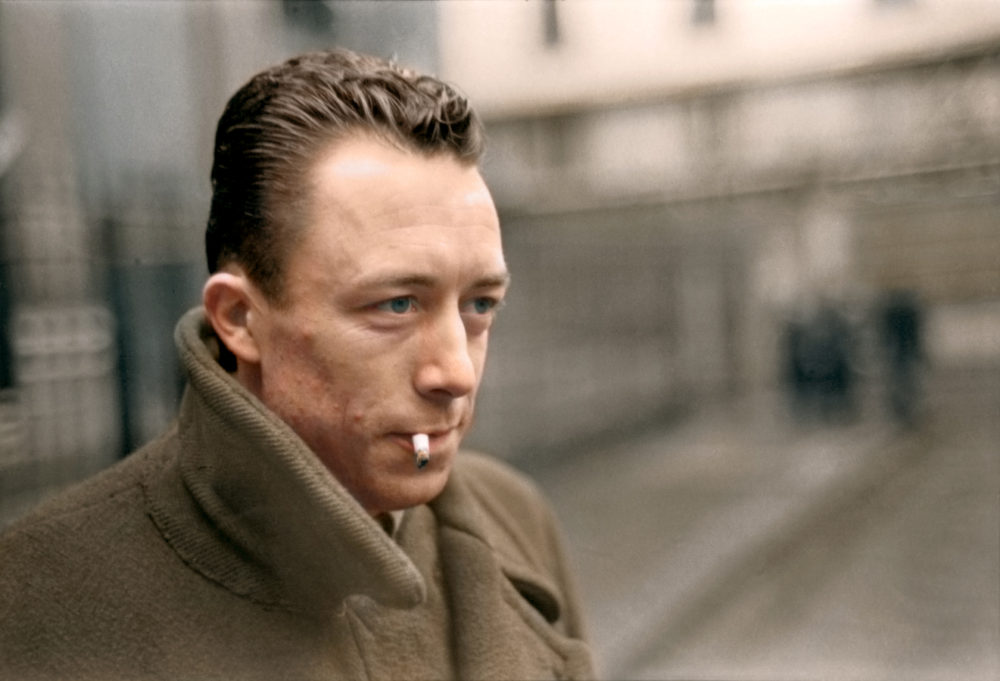Ben Lerner is a novelist and poet, author of Leaving the Atocha Station, 10:04 and The Topeka School, as well as an essay entitled The Hatred of Poetry. This poem is taken from his first new collection in more than a decade, one that comes out of inhabiting art-making, homemaking and crisis
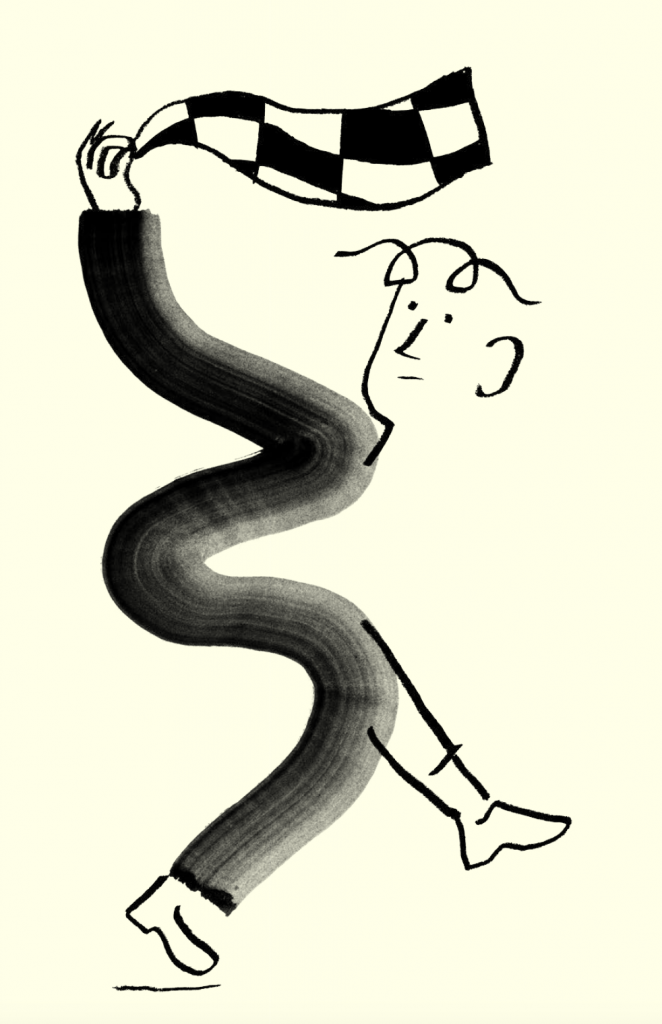
I think you need either meaning or a sense that it has fled, especially when you look up. You need rudimentary fastening devices, something that binds surfaces, that resists, however ineffectually, their separation. Tar from the dry distillation of birch bark, a piece of music to coordinate work. I personally need cities at night, stars occluded but inferred, abandoned financial districts, underground tunnels where gold is moved back and forth between vaults. I like to imagine that’s my job, that I stack gold on pallets underneath Manhattan and transport them short distances with a forklift, that I literalise the day’s trades, that I have a career in “gold custody.” A world needs gold bars moving underground, although they cannot be pure; if they were pure they’d be too malleable to hold their shape over time and so each bar contains a small amount of other metals – copper, iron, silver, platinum, which gives the gold a whitish shade. Shades and impurities that let us hold our shapes are minimum conditions for a world, but many worlds are brief, a pulse moving through a medium, many worlds collide and recombine as you walk through them, which feels like a succession of webs on the face: plash, plash, plash, but without sound. We need music without sound to coordinate the work of moving through minimal worlds of alders, hazels, hornbeams – trees that rapidly colonise open ground after a fire. I have this dream in which I walk across the bridge after the fire to find downtown covered in even stands of birch with peeling, papery bark on which the names of everyone who has ever lived are written phonetically and I look down to find the pavement is clear glass and the gold is moving underground and I look up at the sky to watch the meaning flee, the patterned flight of meaning; I assume everyone has a version of this dream, but forgets it upon waking. We, at least my friends and I, often describe ourselves as moved by music, at the height of feeling we acknowledge that we are objects passed from one place to another, soft metal, and I think those are the minimal conditions of personhood, necessary but insufficient: we must be storable, impure, capable of movement. Once I was coming back on the Amtrak from Boston with John. He was a mess, and I was basically dragging him back to the city so I could watch him, so you and I could take turns watching him, his fretted neck and hollow body, a gentle custody. We were sitting behind two young women – maybe college students – who were discussing a passage in Dostoyevsky, in which the prisoners in Siberia wanted to put on a play for Christmas. Together they made a curtain out of “pieces of linen, old and new, given by the convicts; shirts, the bandages which our peasants wrap around their feet in lieu of socks, all sewn together well or ill, and forming together an immense sheet. Where there was not enough linen, it had been replaced by writing paper, taken sheet by sheet from the various office bureaus.” Listening to these kids discuss this passage in whispers as John pressed his face into my neck, as we crawled across the Northeast Corridor in winter, industrial ruins in moonlight through the window – it grew acutely beautiful in their paraphrase, how the prisoners painted the curtain black, painted it with stars, hung it from the ceiling, dividing worlds, defeating time, suspending labour. See, I kept whispering to John, see, see. Later, in Penn Station, after we’d taken the escalator up to the main level, we again found ourselves beside the two young readers on the platform for the downtown A. I wanted to say something to them, to thank them, but I didn’t know how. Then John reached into the duffel bag and removed three heavy bars, held them out to me. One was rectangular with rounded sides, indicating it was from the Denver Assay Office; one had square edges, which meant it was cast in New York before 1986; the third conformed to the trapezoidal shape characteristic of the contemporary international standard and had a greenish hue (iron). I tapped one of the women on the shoulder and said, although not in these words, plash, plash, plash. Only then did we hear one busker’s violin, another’s balalaika. A bar for him, for the rats scavenging between the rails, see the gold devour them, and a bar for young men dancing on the train, a hymn to possibility, a few bars of the underground malleable music my friends and I distribute. When we were back on open ground, walking along DeKalb, it began to rain, John began to lose his shape, I didn’t know if we’d reach my apartment in time, let alone in space. When we were nearing the park, these two kids with shaved heads stopped us, blocked our progress when we said excuse me, tried to pass. One of them leaned in and said: Give us your fucking money. And the other kid raised his sweatshirt to show the handle of a gun tucked in his waistband. Give us your fucking money now. But we don’t have any money, I said, as calmly as possible, which was true. Please, I said, we just have this heavy bag of gold bars, which are stamped, which aren’t fungible, cannot circulate. At that point I noticed the bandages around their feet. At that point I realized these two boys were girls, they were the two girls who had been talking about Dostoyevsky on the train. They must have followed us, they must have been following us our whole lives, forgotten upon waking. Their disguises fell away, their skin began to glow, the rain stopped, the rain seemed to hang against the hammered background of the sky. And they said, although not in words, we have come to relieve him of his duffel, to end one world so you can start another. Because a world ends every few seconds and must be rebuilt, worlds end and are rebuilt, a rocking motion. I think what’s hard for me, John said when we were back at my apartment processing the experience, sitting in the window smoking those tiny British cigarettes he always carried, I think what’s hard for me is the feeling that I’m totally without bourgeois respectability – I lost yet another job, Cora and I have broken up, for real this time, over the kid question, I’m certainly no comfort to my parents – but I also have no access to the value or intensities of art, mine or anybody else’s, highs that might make the lows in some sense worth it. We both know my recent sound installations are bullshit. And this sense of being a burden on my friends, on you and Ben in particular. And this sense of the irrelevance of it all given the political situation. And then—Stop, I interrupted, just stop for a second, John, and listen. Listen to the wind in the birches, a stream of alephs, the room tone of the forest, sirens in the distance, folk music, unnecessary but sufficient. I personally need cities at night, clear glass pavement, impurities, writing paper, all forming together an immense patchwork curtain. I’m listening now, John, Jack, Josh, Josiah, James. Tell me what you need.
The Lights by Ben Lerner is published by Granta Poetry, out now
